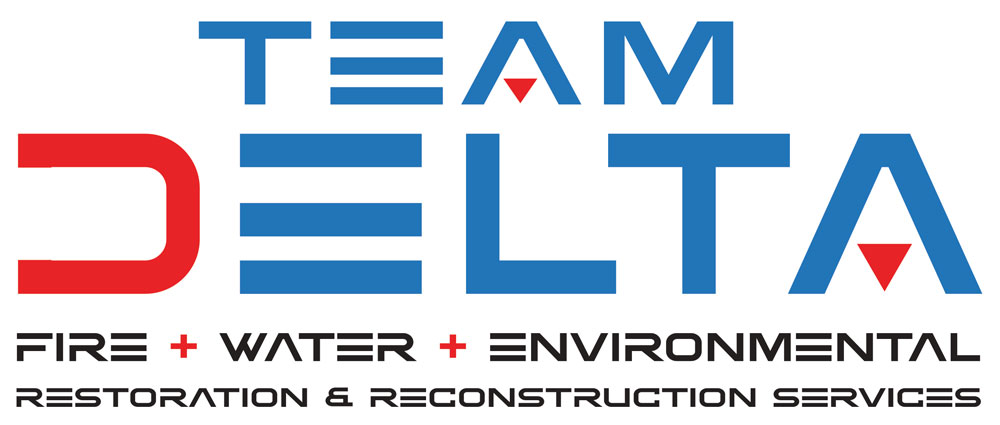Water damage is a common cause of major trouble and catastrophe in homes and businesses across Orange County. It leaves structures weak, aids mold growth, and compromises the overall safety and soundness of the property. In water damage tasks, the initial inspection is one of the most crucial elements for a successful restoration. The initial inspection, done by a water damage restoration company, plays a key role in evaluating the extent of the damage and brainstorming an effective restoration plan specifically for your situation. Here are some of the most important things water damage restoration professionals look for during the initial inspection. 
1. Finding the Source of the Water Damage
Professional water damage restoration experts begin by identifying the source of the water damage. Whether it is a burst pipe or leaking roof, flooding, or even a sewage problem, understanding the root cause is absolutely necessary for an effective restoration. Addressing the water source promptly is vital in preventing further damage and mitigating potential health hazards.
2. Assessing the Extent of Water Intrusion
To understand how big of a problem they are dealing with, water damage restoration experts assess the extent of water intrusion. This helps them determine how far the water has spread within the structure. This step examines affected areas, including walls, floors, ceilings, and insulation. Understanding the scope of the damage is vital for creating a comprehensive water damage restoration plan.
3. Determining the Category of Water Damage
Water damage is categorized into three types based on the source of the water and the level of contamination it contains. Restoration professionals will be able to correctly identify if the water damage is Category 1 water (clean water), Category 2 water (gray water), or Category 3 water (black water). Each category requires a different approach to water damage restoration, and professionals must be able to identify the category to implement the appropriate measures accurately.
4. Measuring Structural Damage
Measuring the integrity of the affected structural components of the building is critical to ensure structural integrity. This includes assessing the damage to walls, floors, ceilings, floorboards, and the foundation. Moisture can weaken structures over time, leading to potential hazards such as rot, collapsed ceilings, or compromised foundations. Water damage restoration professionals use specialized tools to detect hidden moisture and assess the structure’s overall stability.
5. Inspecting for Mold
Mold growth is a frequent aftereffect of water damage, particularly if the impacted areas aren’t thoroughly and promptly dried. Professionals perform mold inspections as part of initial inspection. They will determine what is currently growing, and what locations are prime for the growth of mold. Identifying mold as early as possible will help to minimize damage to the structure. Most importantly, early identification of mold will protect building occupants’ health.
Within the process of restoration, the initial inspection conducted by water damage restoration professionals is an important step. Through this inspection, the professionals will be able to identify the source of the water damage and determine its extent. They will also be able to assess the structural integrity of the affected materials and address possible contamination levels and mold growth. Because of this, it is not only advisable to seek professional assistance; it is essential. Without it, water damage can lead to serious structural problems, an uncomfortable living environment, and growing illness in your family. For a fast and thorough initial inspection and a water damage restoration experience that is effective and efficient, professionals are the way to go! Call the professionals at Team Delta!
